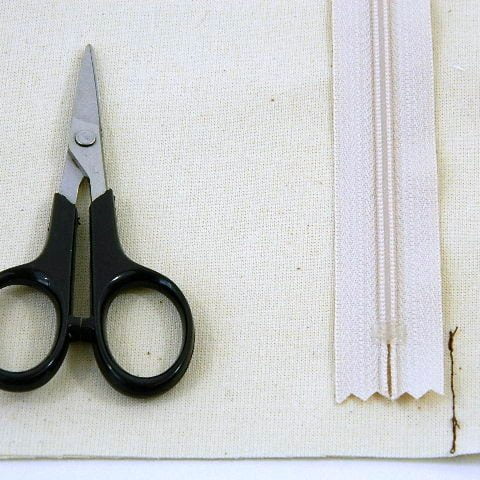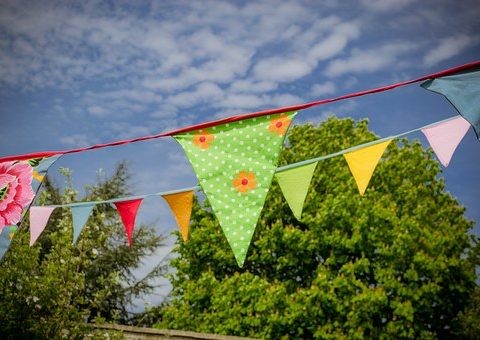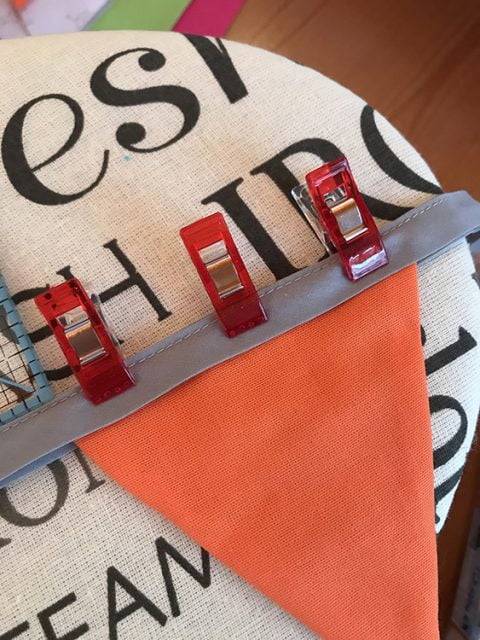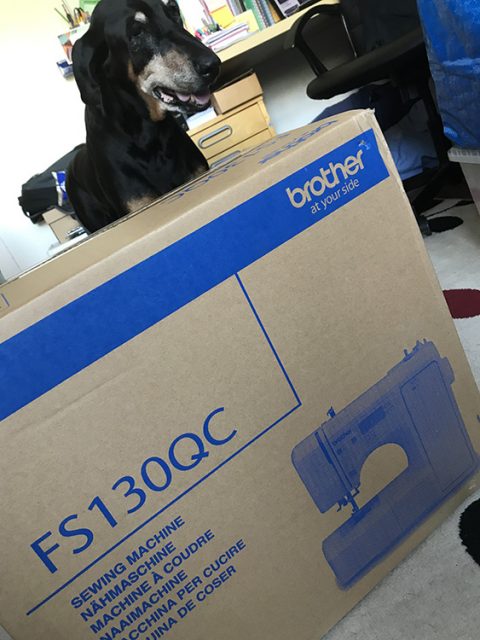Sewing Hints & Tips: Fun facts, sewing hacks and tricks of the trade
I’m so excited to share this news with you, I’ve written a book all about sewing hints and tips that I have gathered over a lifetime of sewing! How cool is that?
It’s a little reference guide that I hope you will find extremely useful. It’s full of shortcuts and helpful suggestions.
All of the sewing hints & tips in this ebook are little nuggets of useful information that I have been gathering, subconsciously over my many years of sewing. Not all of them are my own, but all have been invaluable to me and have made my sewing journey easier.
Why did I write it?
I’m not a natural storyteller and I didn’t think I had anything useful to say. However, when I began sharing some of these hints and tips over on instagram as #TuesdaysTip, the reaction was amazing. People were really interested.
I was happy that my little tips were having such a big impact. Lots of people who had been sewing for years were learning practical things that they could use in their day to day sewing.
Friends began telling me to compile all of these tips.
I could see the sense in putting everything together in one place, I just had to come up with the concept.
As you see, I finally did!

Sewing is a life skill that we need to pass on to the next generation. It’s fun, productive and a lot cheaper than therapy!
Gaynor Marshall
More than a list
I knew I wanted my book to be more than just a list of hints and tips. With this in mind, I have included a number of sewing related facts, some of which are quite surprising!
It’s currently for sale here: https://payhip.com/gaynormarshalldesigns and you could even treat a friend.
If you decide to purchase a copy, I hope you enjoy it and would love to hear what you think about it.
Until next time…

Further sewing related reading can be found here:



























